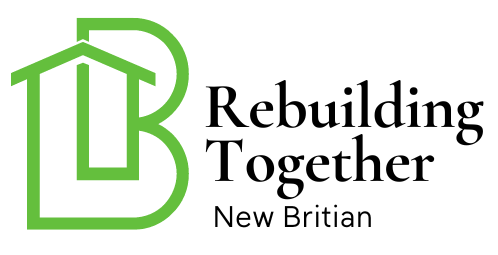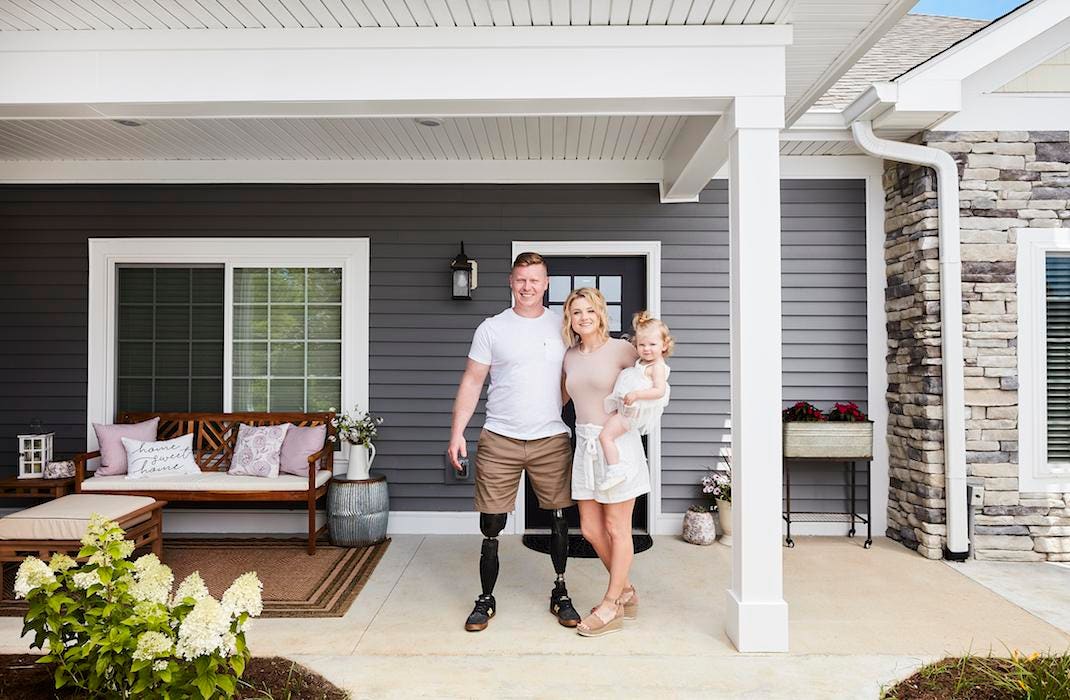In today’s world, the importance of accessible home renovations cannot be overstated. As more individuals seek to age in place or accommodate family members with different abilities, making homes accessible becomes a priority. Whether you’re a homeowner planning a remodel or someone looking to make your home more inclusive, understanding the key elements of accessible home renovations is essential.

Understanding Accessibility in Home Design
Accessibility in home design ensures that individuals with varying abilities can navigate and use a space comfortably. It involves implementing features that cater to people with mobility challenges, sensory impairments, or cognitive differences.
Why Accessibility Matters
Creating an accessible home environment is not just about compliance with regulations; it’s about fostering independence and improving the quality of life for everyone. Whether you’re modifying your home for a family member or planning for the future, accessibility should be a key consideration in your renovation plans.
Principles of Universal Design
Universal design is an approach that makes spaces usable by all people to the greatest extent possible, without the need for adaptation. It emphasizes inclusivity, ensuring that everyone, regardless of age or ability, can enjoy the same environment.
Key Elements of Accessible Home Renovations
Entrance Modifications
One of the first areas to address is the entrance to your home. Installing ramps, widening doorways, and using lever-style handles instead of knobs can make a significant difference. For more on this topic, you can explore ADA ramps for homes.
Bathroom Accessibility
Bathrooms often require significant modifications to enhance accessibility. Consider installing grab bars, a curbless shower, and a raised toilet seat. These changes not only improve safety but also provide independence for users.
Kitchen Adaptations
The kitchen is another critical area to focus on. Lowering countertops, using pull-out shelves, and installing easy-to-reach appliances can make the kitchen more functional for everyone. For tips on making kitchens more accessible, visit wheelchair accessible kitchen.
Flooring and Lighting
Choosing the right flooring and lighting can greatly impact accessibility. Opt for non-slip flooring and ensure that all areas are well-lit to prevent accidents. Consider motion-activated lights for convenience and safety.
Planning Your Renovation
Assessing Your Needs
Before starting a renovation project, assess your specific needs or those of your family members. Consider factors like mobility challenges, sensory impairments, and future accessibility requirements.
Hiring the Right Professionals
When undertaking an accessibility renovation, it’s crucial to work with professionals who have experience in this area. Look for contractors and designers who understand the principles of universal design and can provide tailored solutions.
Budgeting for Accessibility
Accessible renovations can be costly, but there are ways to manage expenses. Prioritize essential modifications and explore financing options or grants that may be available to support your project.
Working with Experts
Consider consulting with experts who specialize in accessibility. They can provide valuable insights and recommendations to ensure your renovation meets the needs of everyone in your household.
Long-Term Benefits of Accessible Renovations
Improving Quality of Life
Accessible renovations enhance the overall quality of life for individuals with disabilities and their families. These modifications enable greater independence and contribute to a sense of empowerment.
Increasing Home Value
Investing in accessibility can also increase the value of your home. As the demand for accessible housing grows, homes with these features become more appealing to potential buyers.
Fostering Inclusivity
Creating an inclusive home environment promotes a sense of belonging and community. It demonstrates a commitment to accommodating diverse needs and fostering equality.

Frequently Asked Questions
What are the key features of accessible home renovations?
Key features include entrance modifications, bathroom accessibility, kitchen adaptations, and appropriate flooring and lighting.
How can I find the right professionals for my renovation?
Look for contractors and designers with experience in universal design and accessibility. They can provide tailored solutions for your needs.
Are there financial resources available for accessible renovations?
Yes, there are grants and financing options available to support accessibility projects. Research local and national programs that can assist with funding.
For more information on making homes ADA accessible, visit the U.S. Access Board.
By embracing accessible home renovations, youre not only enhancing the functionality of your living space but also promoting a more inclusive society. Start your journey towards a more accessible home today!
This article contains affiliate links. We may earn a commission at no extra cost to you.

